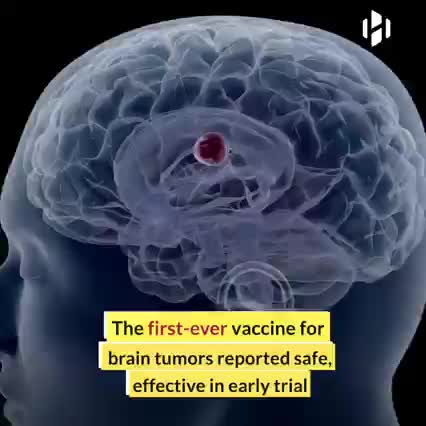
Category: biotech/medical – Page 1,938


More Than 500 Genes Linking Depression And Anxiety Discovered in New Study
Find any two people with a diagnosis of depression, and there’s more than a fair chance one of them will also experience an anxiety disorder at some point in their life.
While the triggers for each condition are undoubtedly complex, it’s clear the genes we inherit can play a strong part in setting us up for a lifetime of bad mental health.
A new study led by researchers from the QIMR Berghofer Medical Research Institute in Australia has now identified 509 genes shared by both psychiatric disorders.
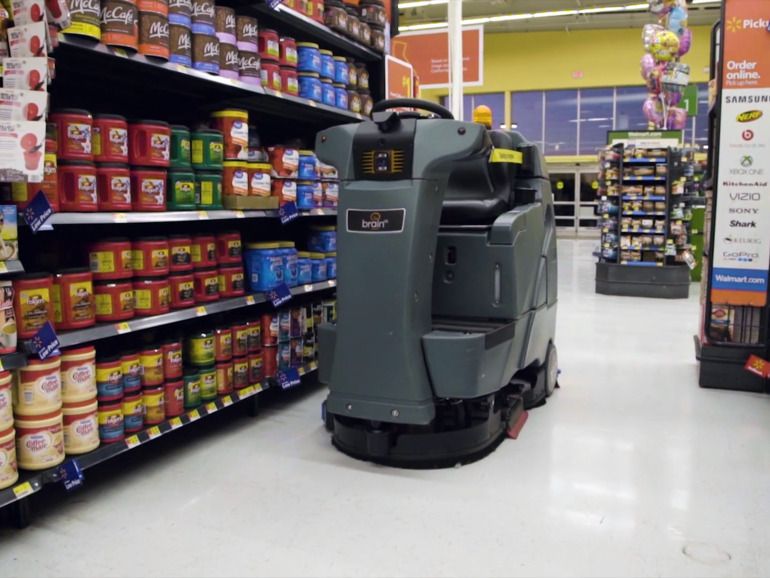
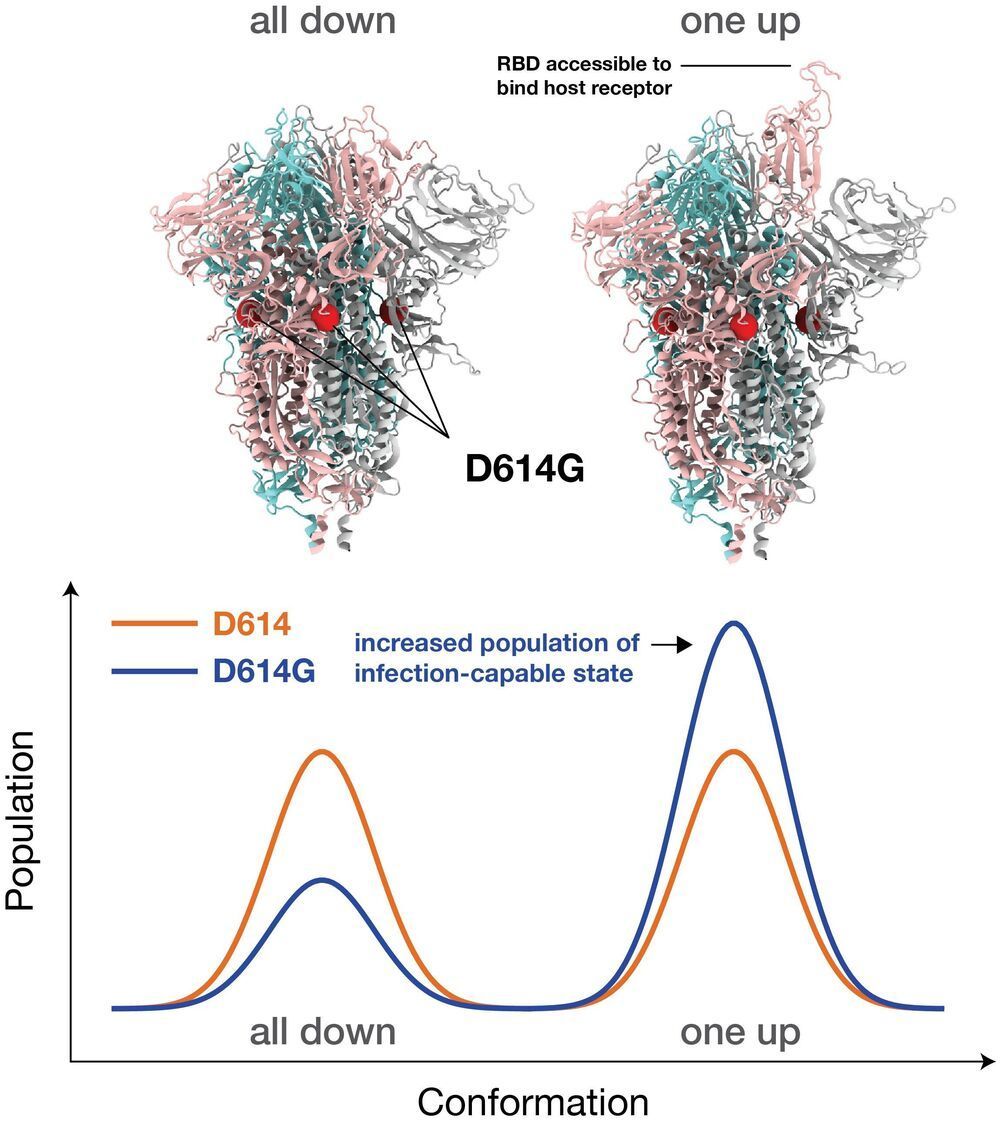
Simulations reveal how dominant SARS-CoV-2 strain binds to host, succumbs to antibodies
Large-scale supercomputer simulations at the atomic level show that the dominant G form variant of the COVID-19-causing virus is more infectious partly because of its greater ability to readily bind to its target host receptor in the body, compared to other variants. These research results from a Los Alamos National Laboratory-led team illuminate the mechanism of both infection by the G form and antibody resistance against it, which could help in future vaccine development.
“We found that the interactions among the basic building blocks of the Spike protein become more symmetrical in the G form, and that gives it more opportunities to bind to the receptors in the host—in us,” said Gnana Gnanakaran, corresponding author of the paper published today in Science Advances. “But at the same time, that means antibodies can more easily neutralize it. In essence, the variant puts its head up to bind to the receptor, which gives antibodies the chance to attack it.”
Researchers knew that the variant, also known as D614G, was more infectious and could be neutralized by antibodies, but they didn’t know how. Simulating more than a million individual atoms and requiring about 24 million CPU hours of supercomputer time, the new work provides molecular-level detail about the behavior of this variant’s Spike.
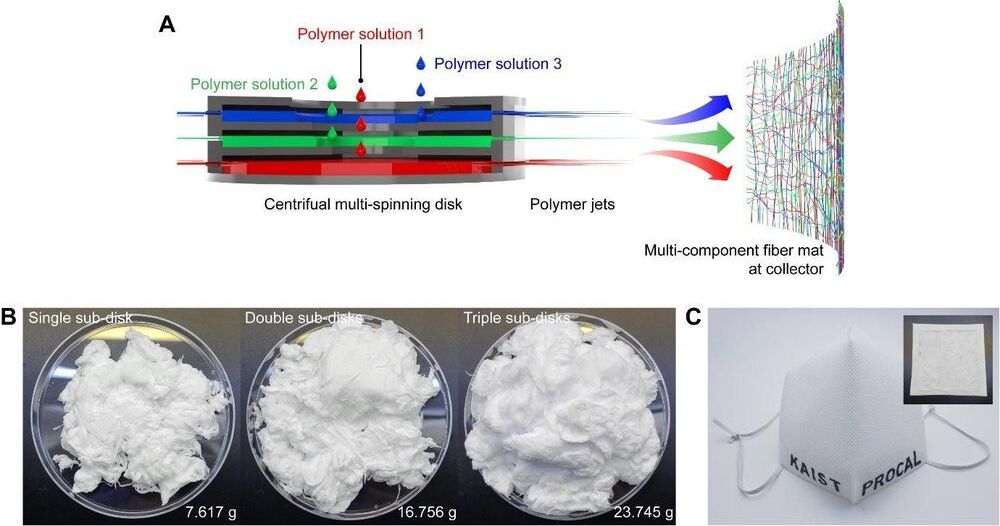
Centrifugal Multispun Nanofibers Put an Effective New Spin on COVID-19 Masks
KAIST researchers have developed a novel nanofiber production technique called ‘centrifugal multispinning’ that will open the door for the safe and cost-effective mass production of high-performance polymer nanofibers. This new technique, which has shown up to a 300 times higher nanofiber production rate per hour than that of the conventional electrospinning method, has many potential applications including the development of face mask filters for coronavirus protection.
Nanofibers make good face mask filters because their mechanical interactions with aerosol particles give them a greater ability to capture more than 90% of harmful particles such as fine dust and virus-containing droplets.
The impact of the COVID-19 pandemic has further accelerated the growing demand in recent years for a better kind of face mask. A polymer nanofiber-based mask filter that can more effectively block harmful particles has also been in higher demand as the pandemic continues.
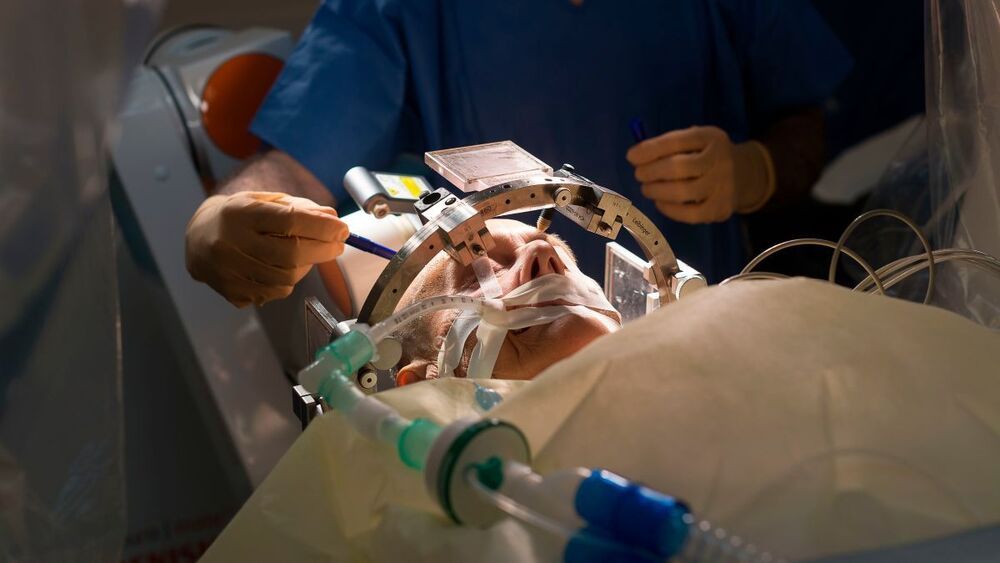
How AI Could Upgrade Brain Stimulation Therapies
The human brain, just like whatever you’re reading this on, uses electricity to function. Neurons are constantly sending and receiving electrical signals. Everyone’s brain works a bit differently, and scientists are now getting closer to establishing how electrical activity is functioning in individual patients’ brains and how to stimulate it to treat neurological and psychiatric disorders. Some scientists are even using advanced AI predictive technology to enhance their brain stimulation therapy methods.
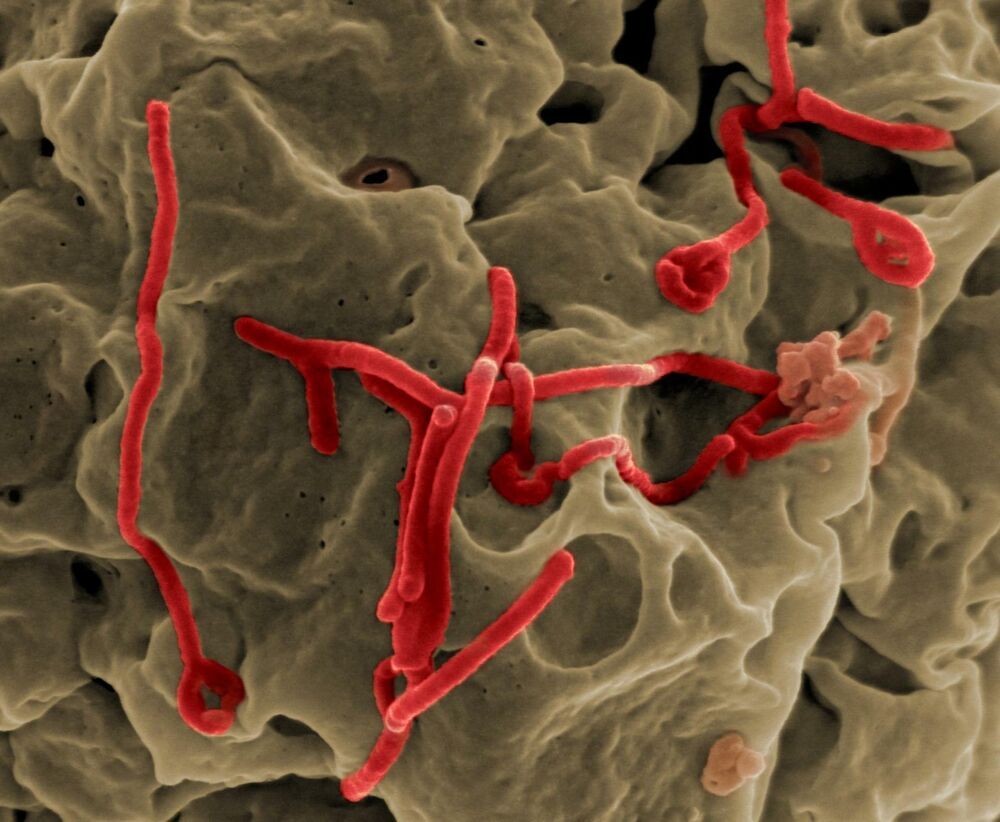
Health officials monitoring dozens in US for Ebola
Local health authorities in several parts of the United States are monitoring dozens of travelers for Ebola after the Centers for Disease Control (CDC) ordered airlines to collect information on people who’d been in several western African countries, including Guinea or the Democratic Republic of Congo.
Washington state is monitoring at least 23 travelers. Another 45 are being watched in Ohio. Four people are also being monitored in Oregon.
Ebola is highly contagious and causes severe illness that often leads to death. Symptoms include fever, headache, pain and unexplained bleeding or bruising.


Cancer patient saw disease all but vanish after catching Covid
That might actually make sense. Cancer spreads through the body because the immune system doesn’t see the threat for what it is and so takes no action. But if the body has Cancer AND covid the immune system sends in it’s heaviest guns on a search and destroy mission. Then, while attacking cov8d it detects something ELSE that shouldn’t be there and kills it too.
I’m no expert, but it does make a lot of sense 5o me.
Covid may have caused a cancer patient’s tumours to vanish, according to doctors, who said it could have sparked an “anti-tumour immune response” in the man.
The 61-year-old patient at the Royal Cornwall Hospital in Truro had a check-up last summer after being diagnosed with Hogkin’s Lymphoma, a rare blood cancer that affects 2100 people in the UK each year.
The disease, which occurs when white blood cells get out of control and spread to the lymph nodes, is typically treated with chemotherapy and around 90 per cent of patients are still alive five years afterwards.
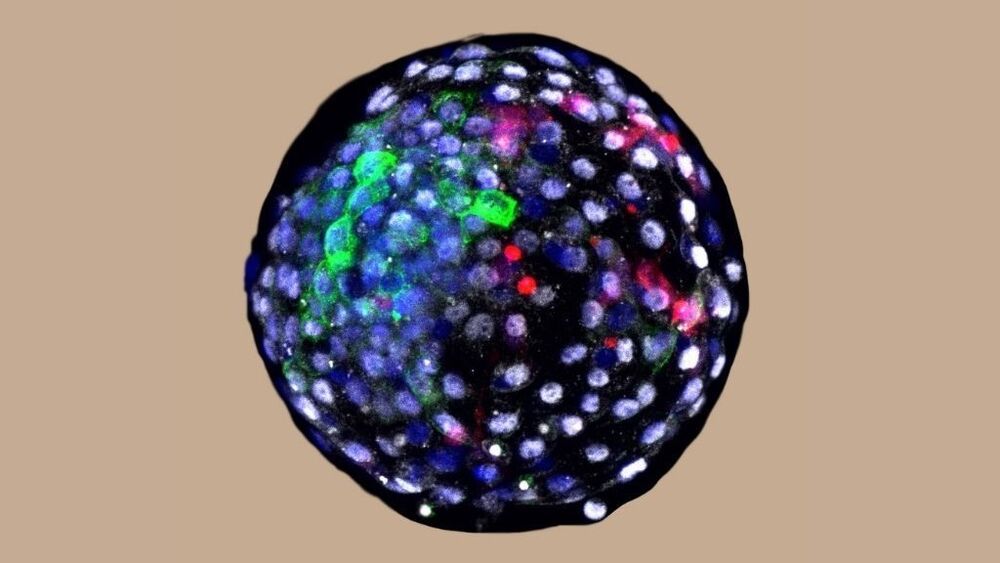
Part-human, part-monkey embryos grown in lab dishes
Scientists injected dozens of human stem cells into developing monkey embryos, and the resulting hybrids survived for up to 20 days in lab dishes.
These human-monkey embryos could someday serve as helpful models for human disease, embryonic development and aging, the study authors noted in a new report, published April 15 in the journal Cell. By zooming in on the interaction of human and animal cells in the embryos, scientists could also learn how to help human cells survive amongst animal cells, potentially advancing the effort to grow human organs in living animal models.